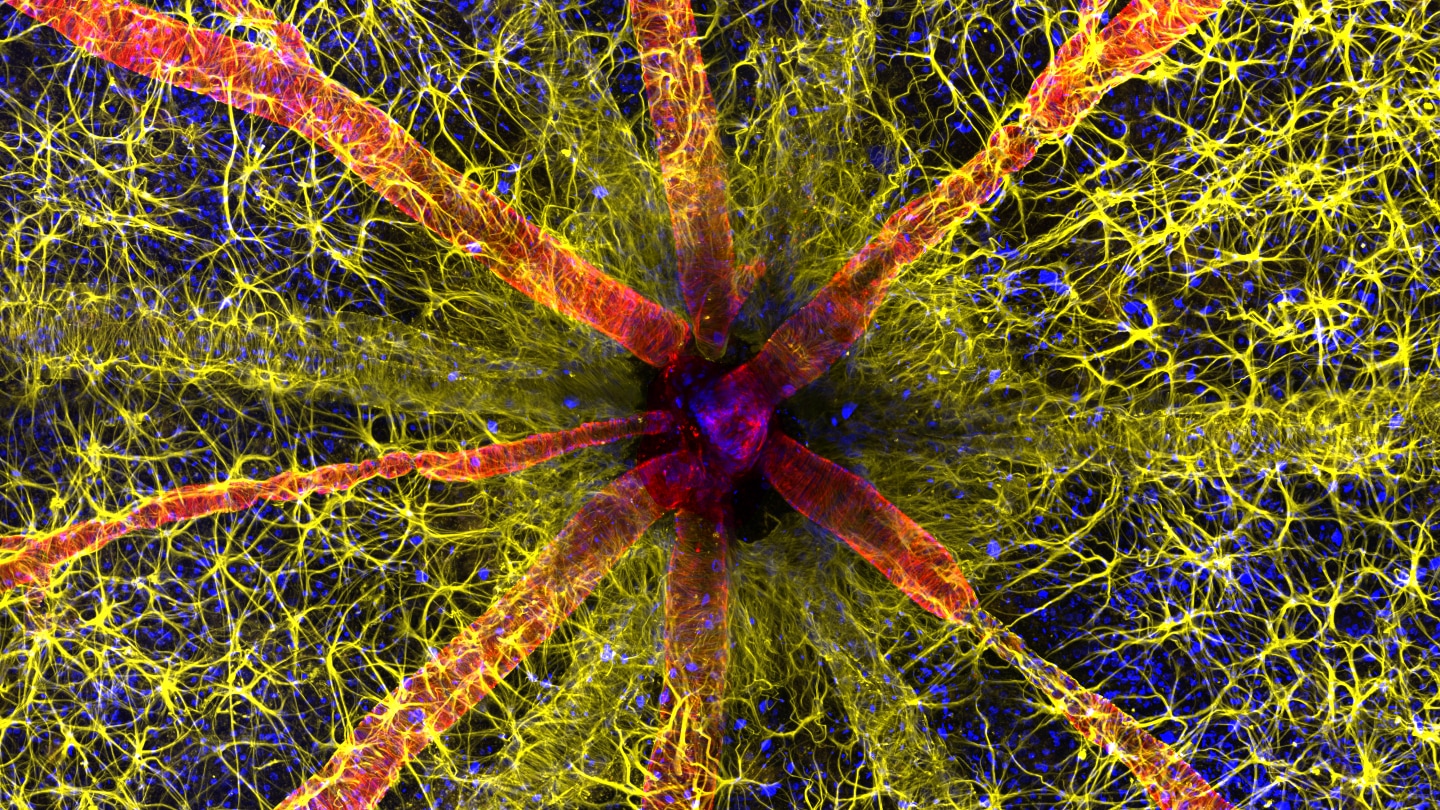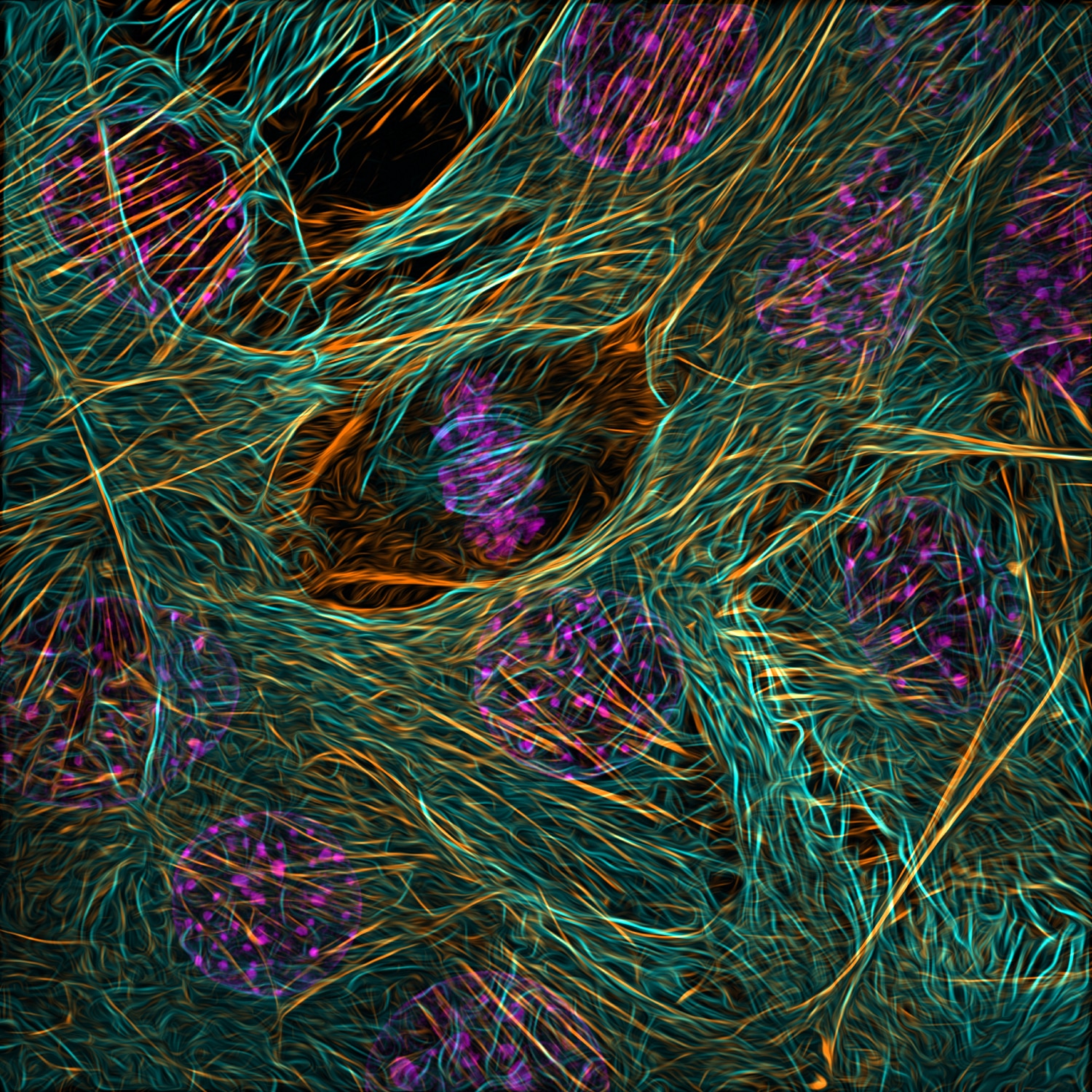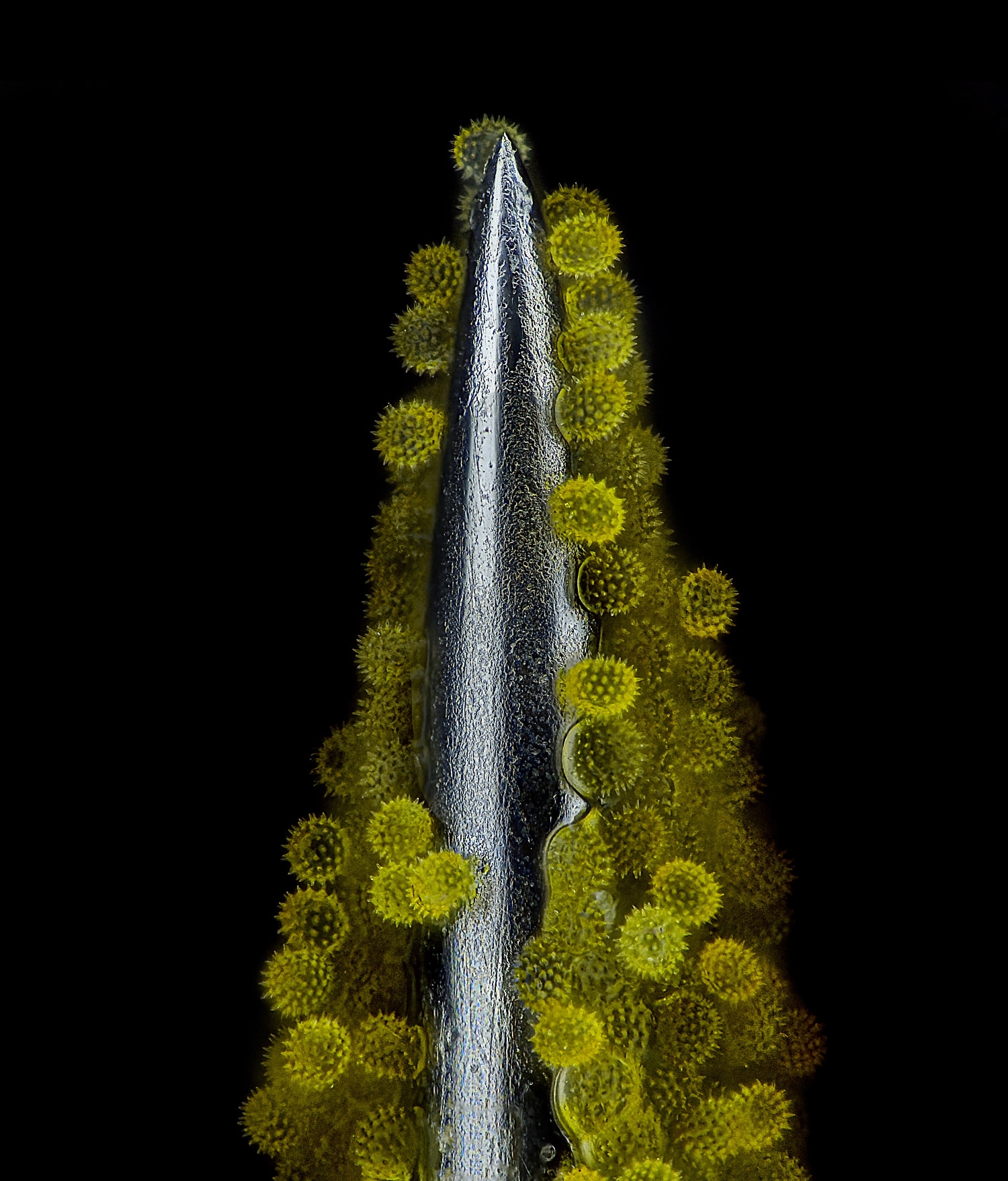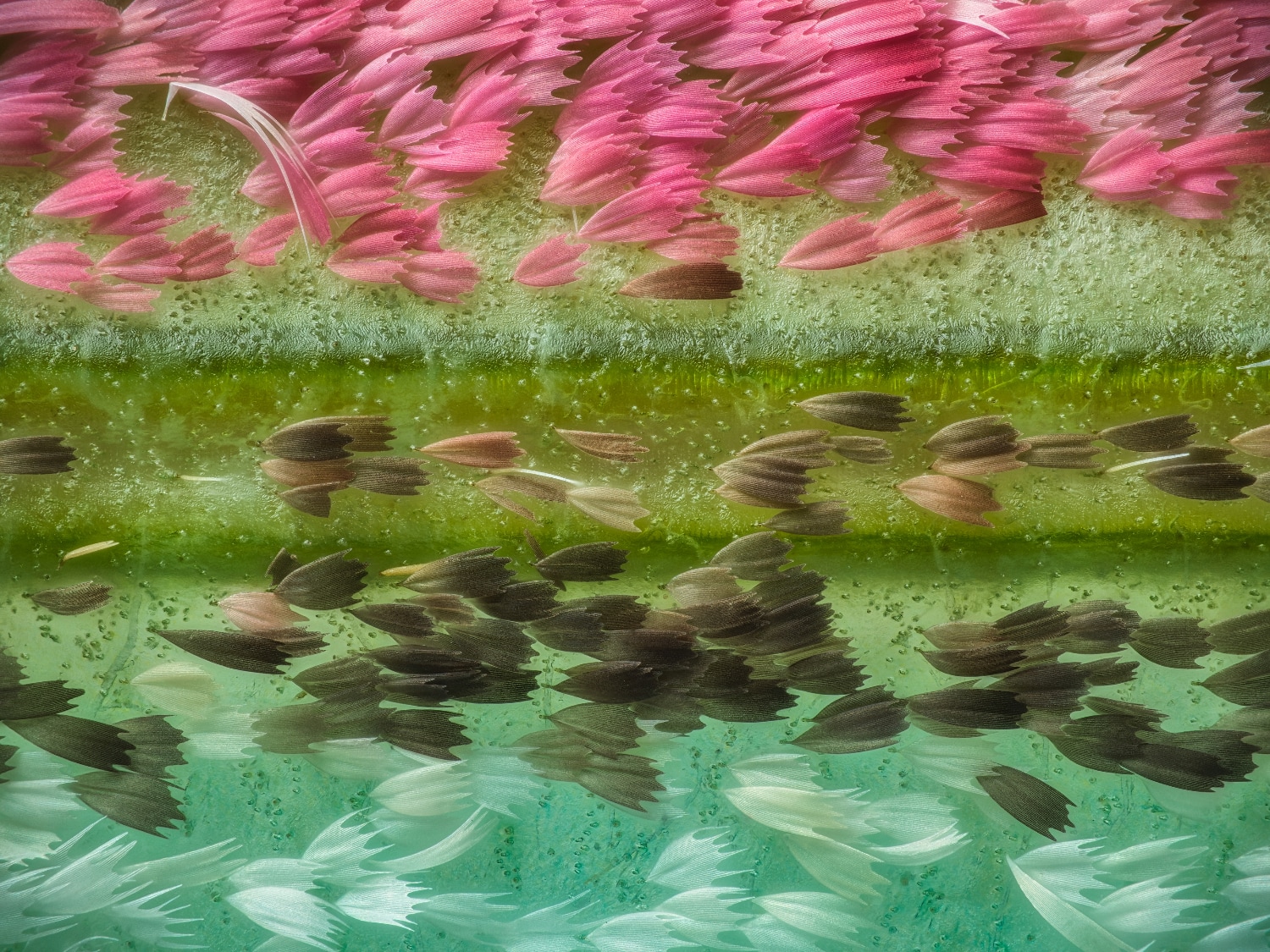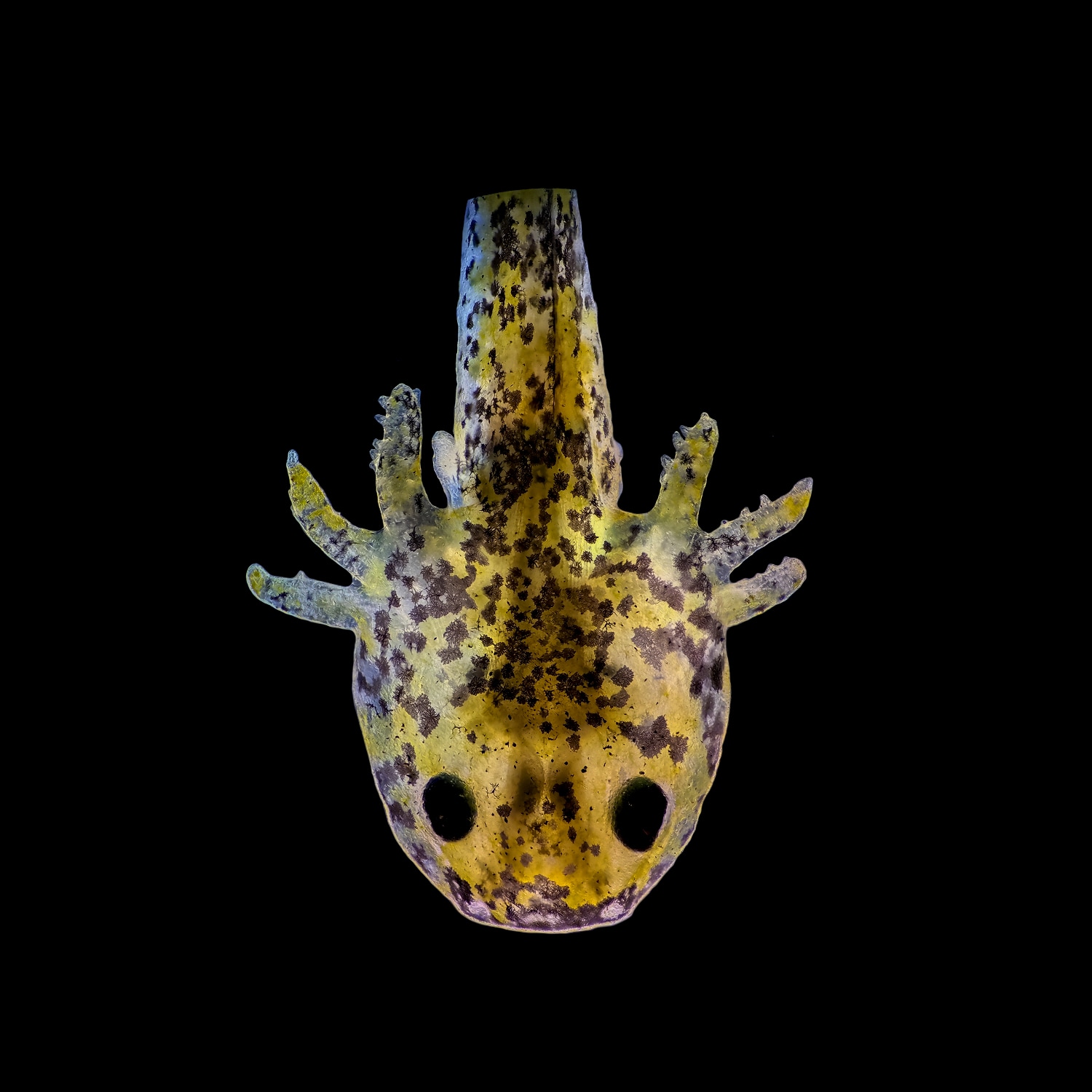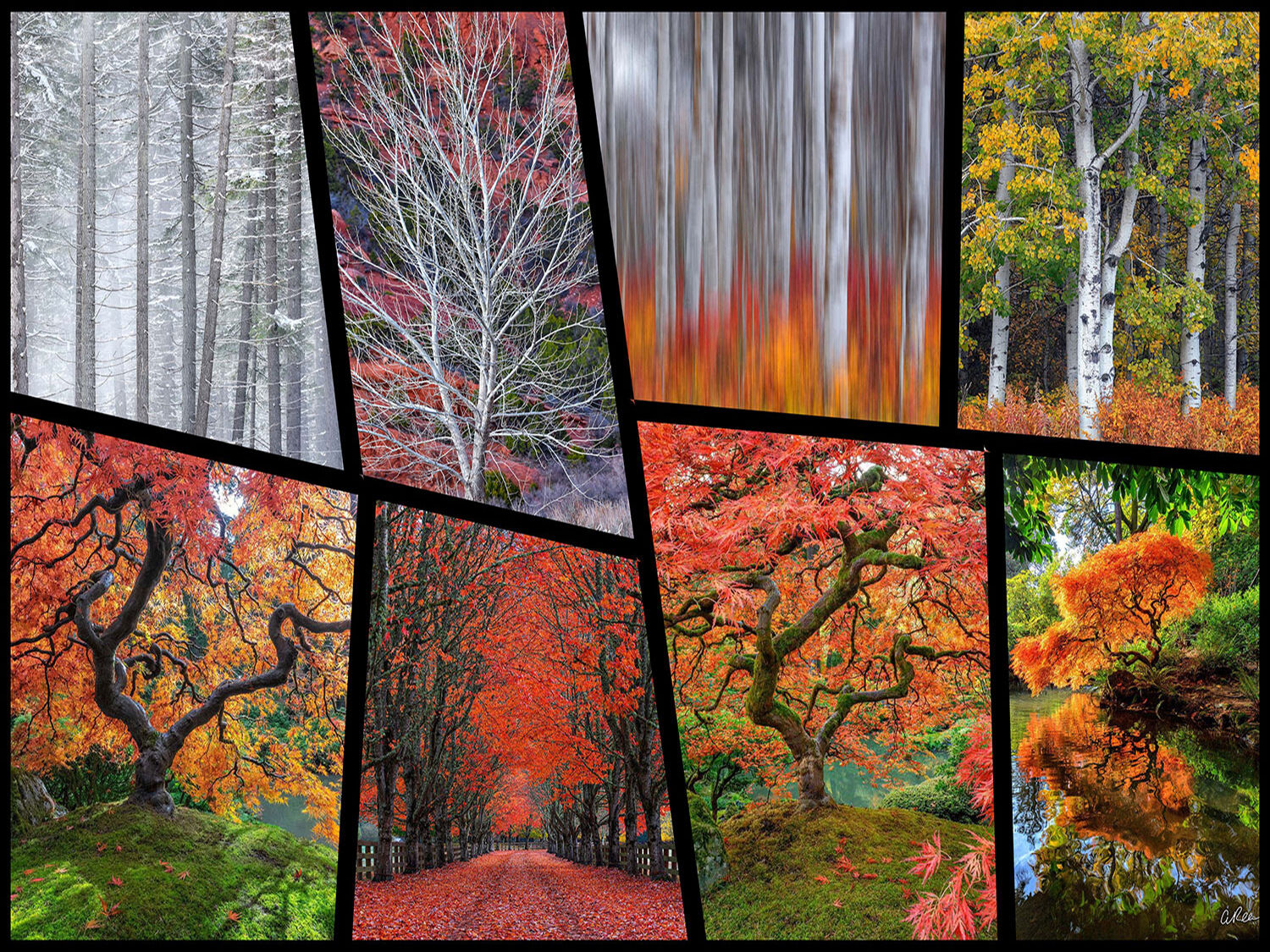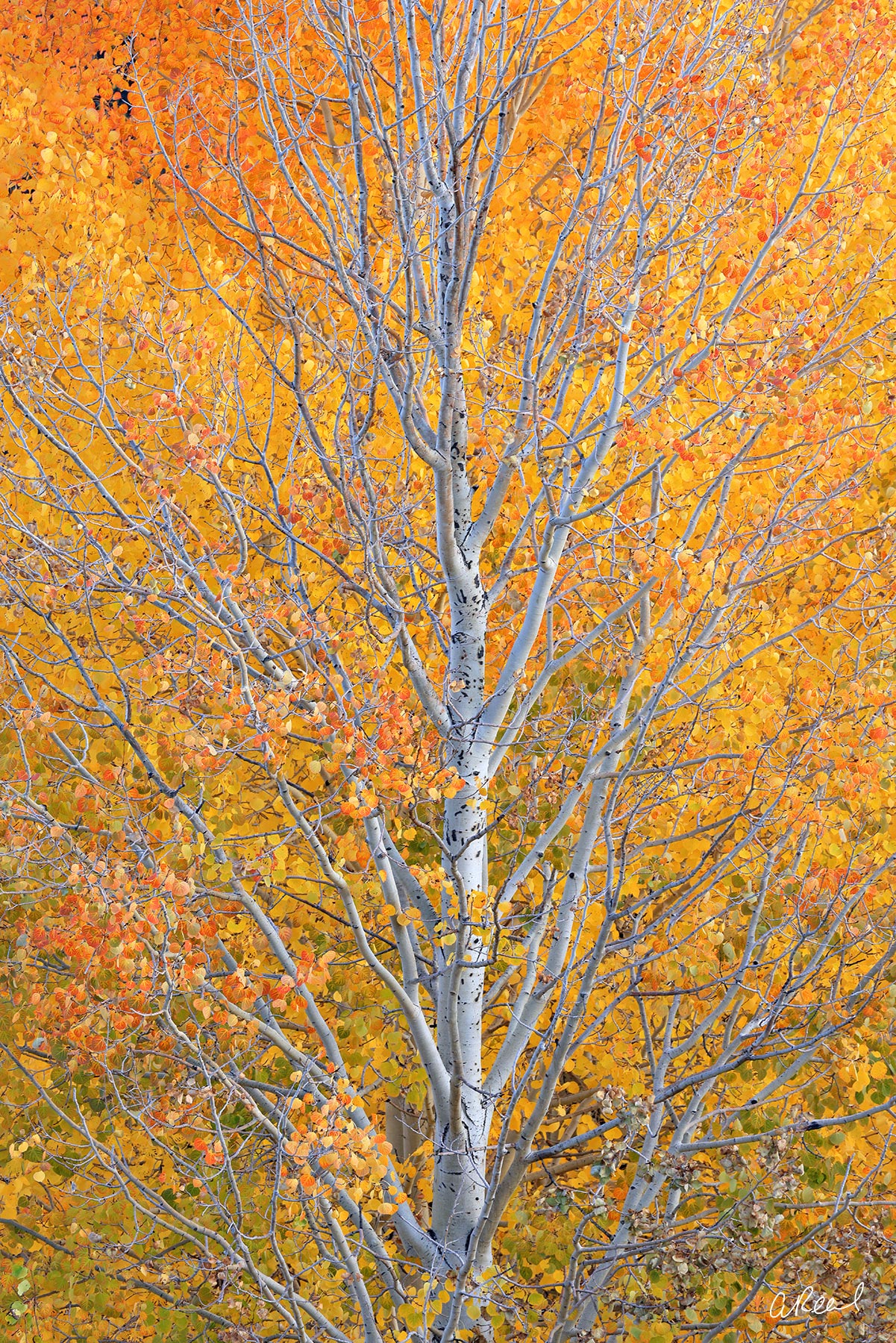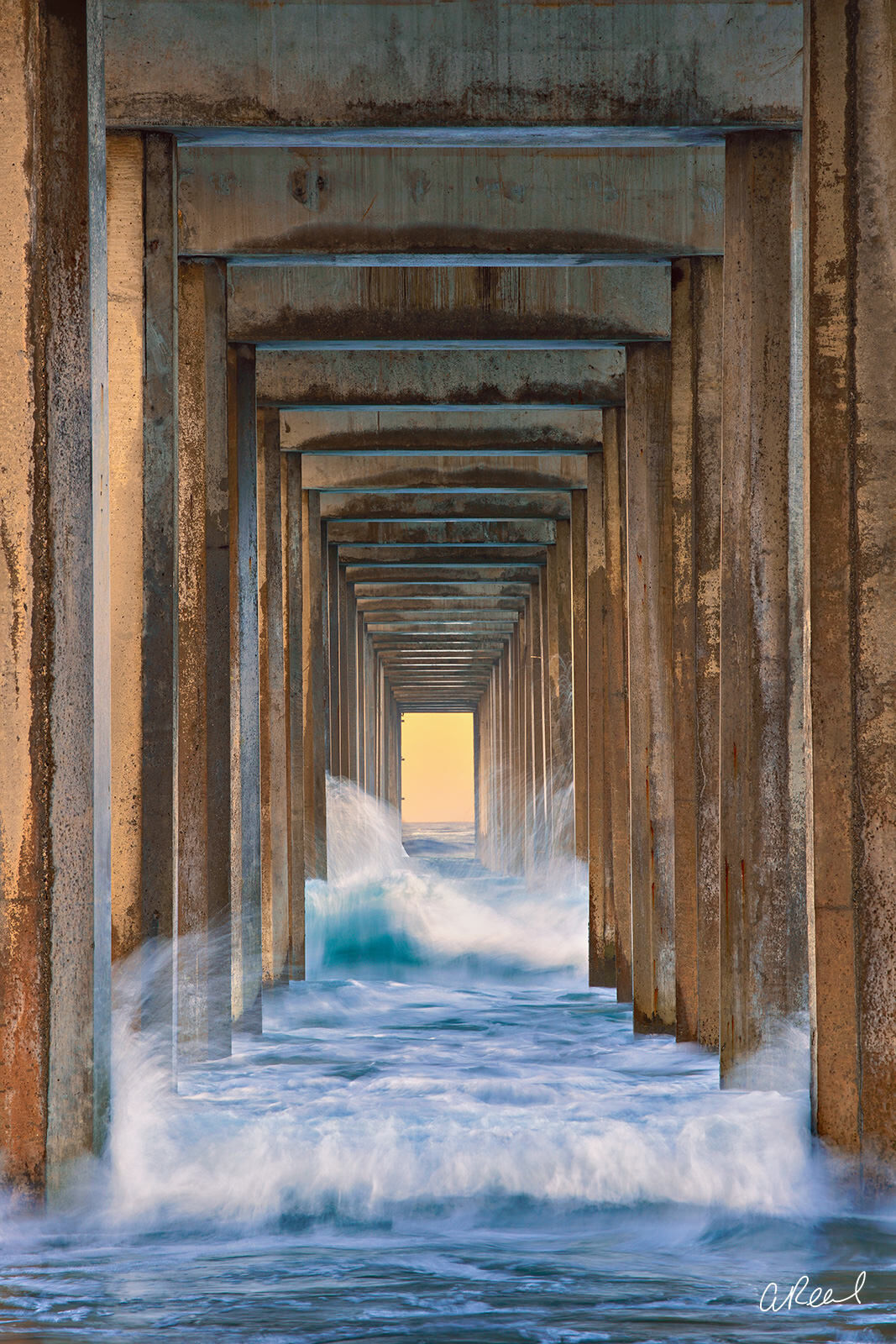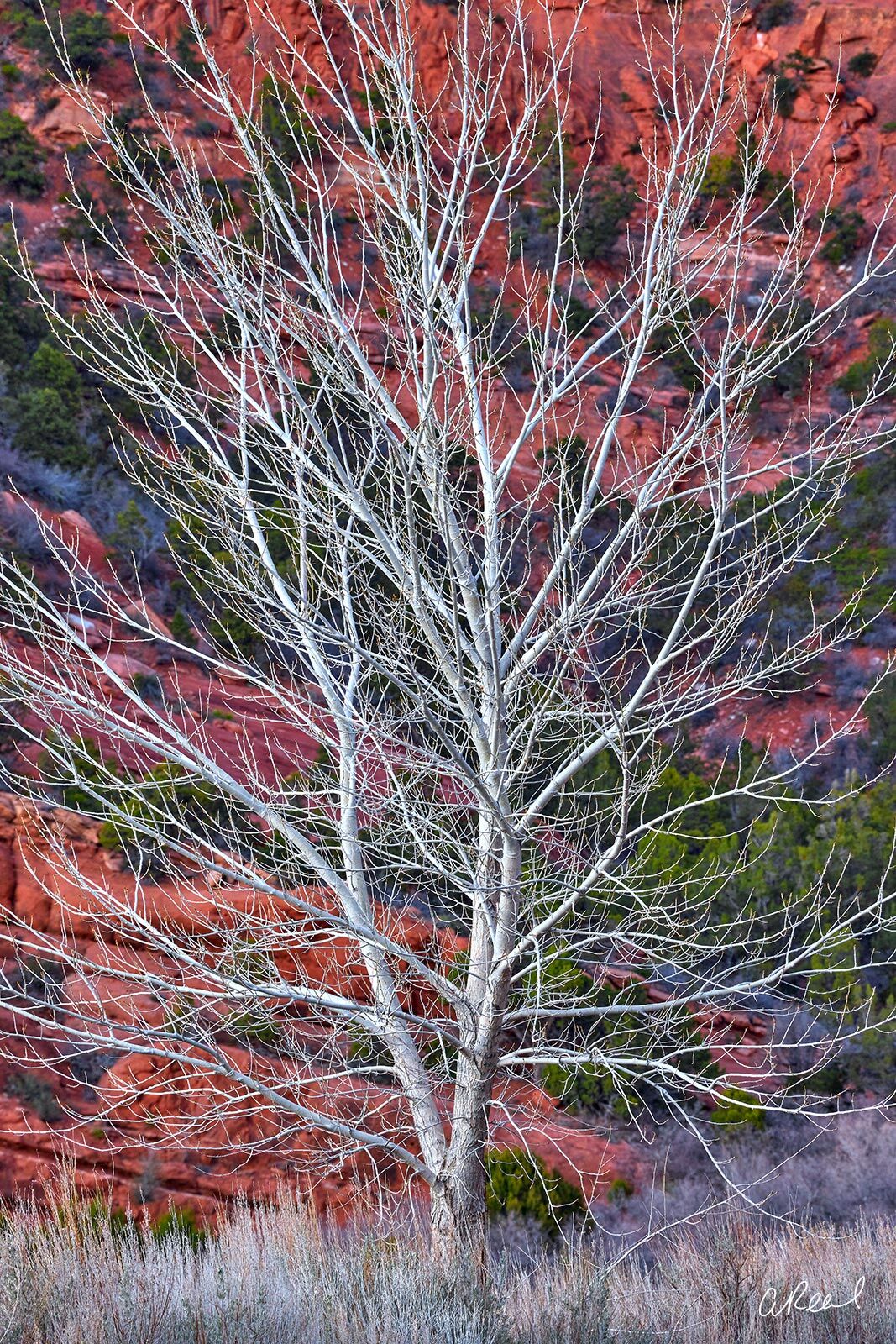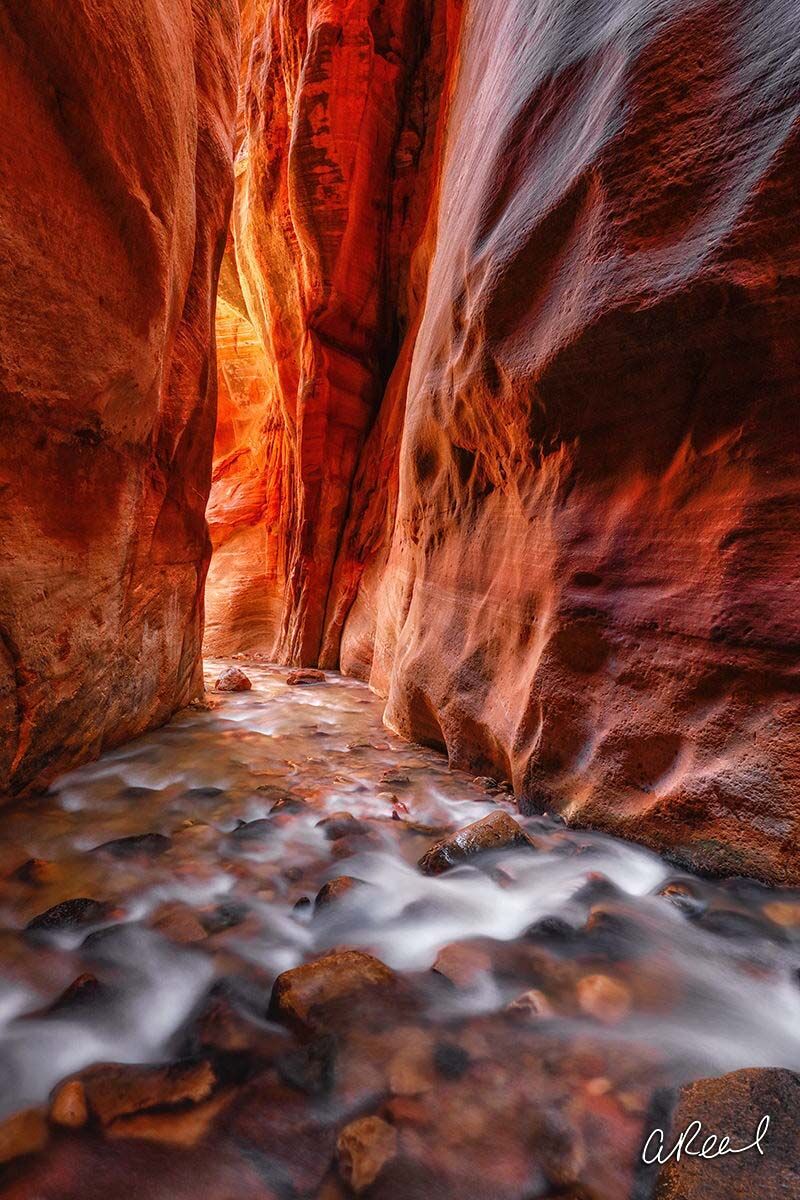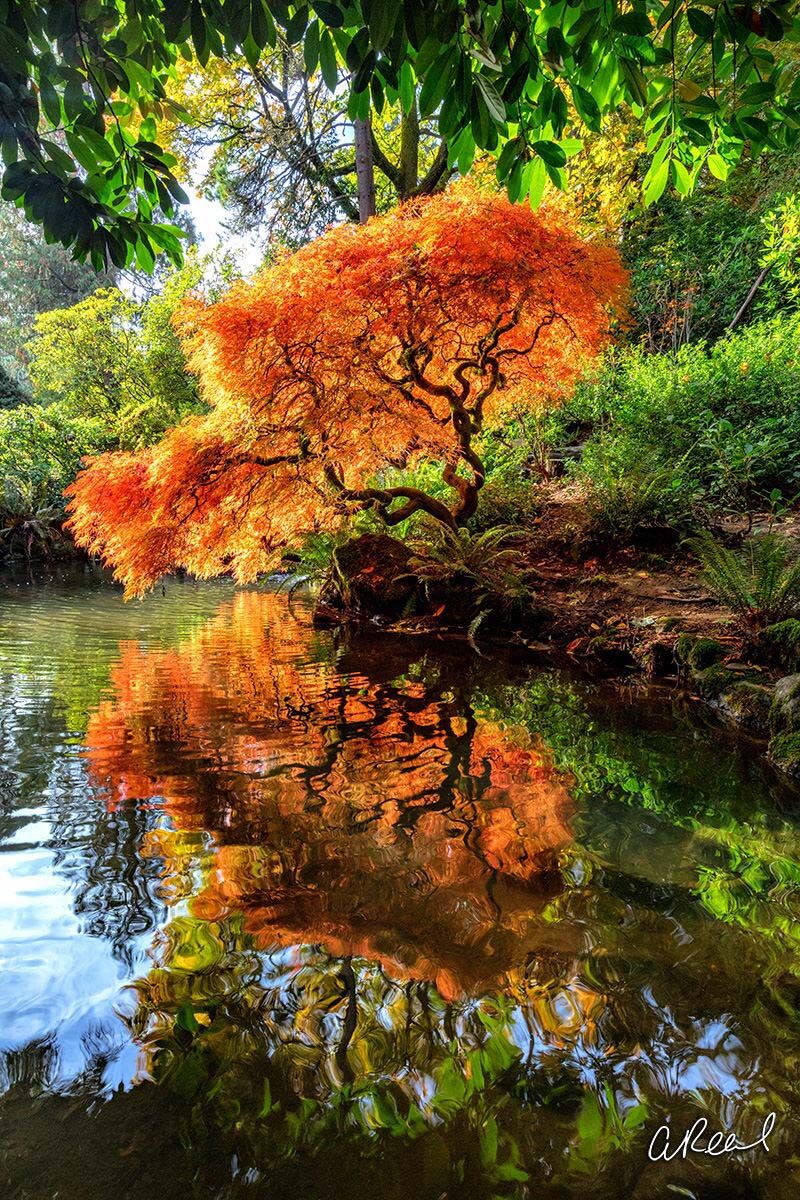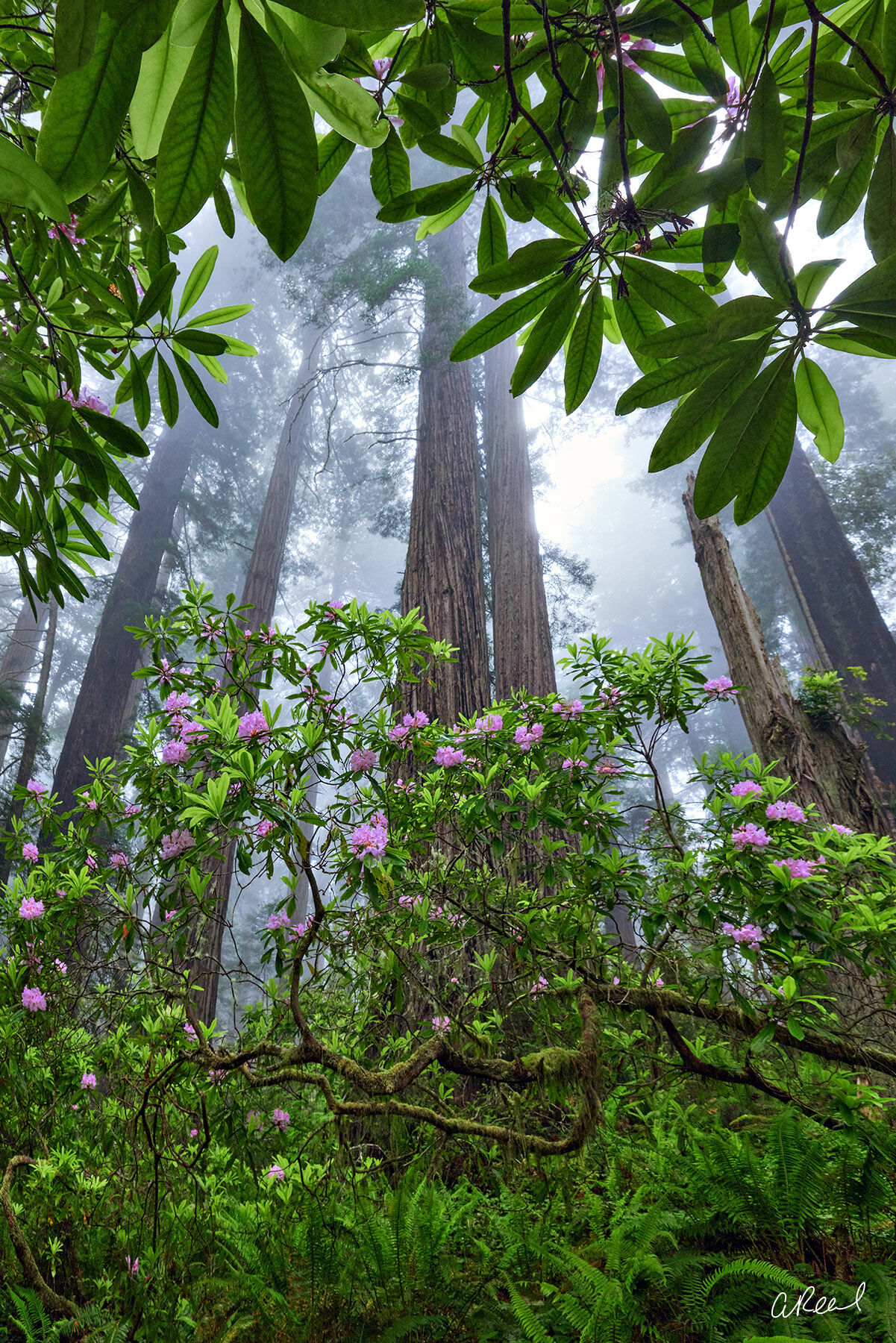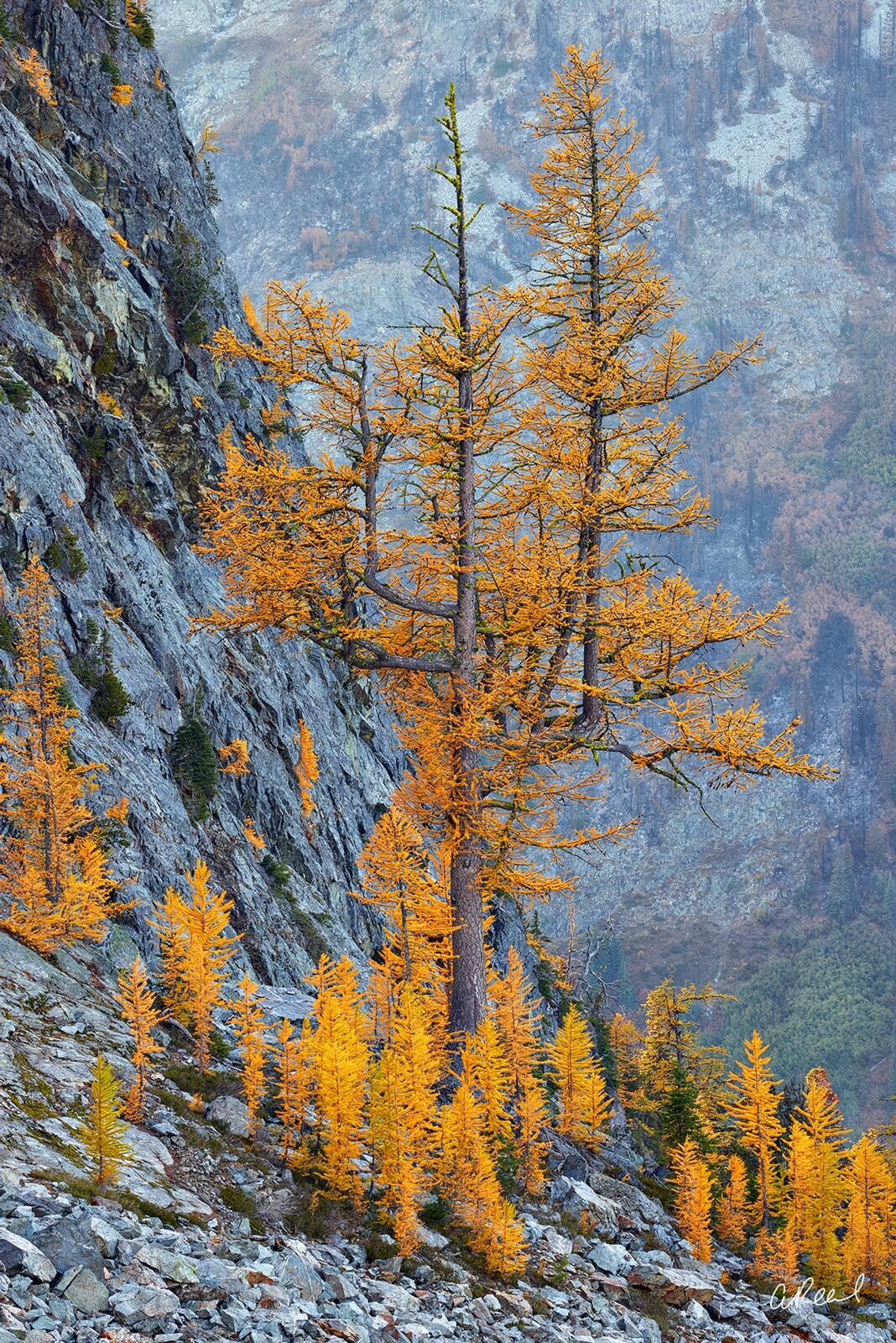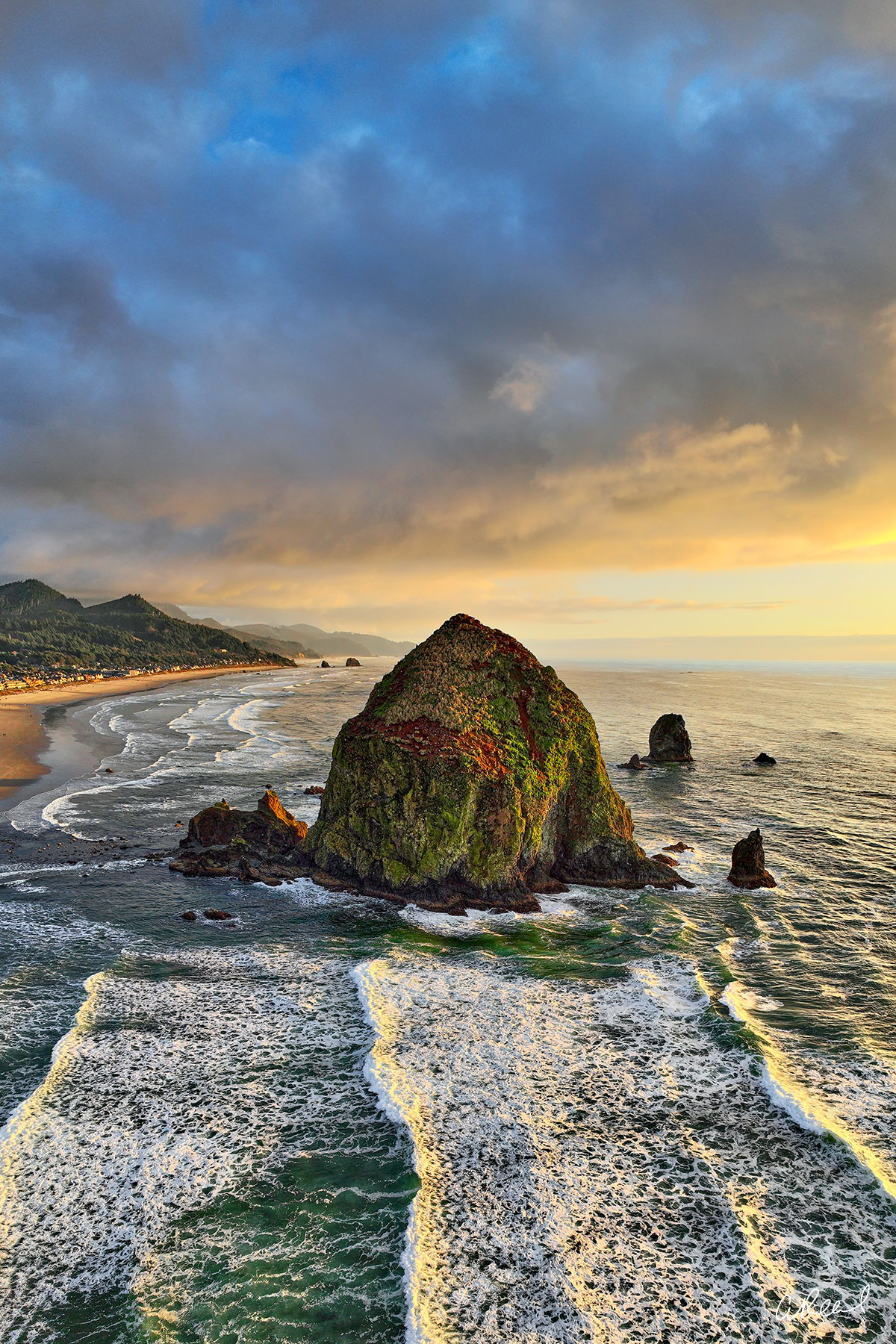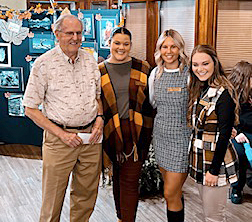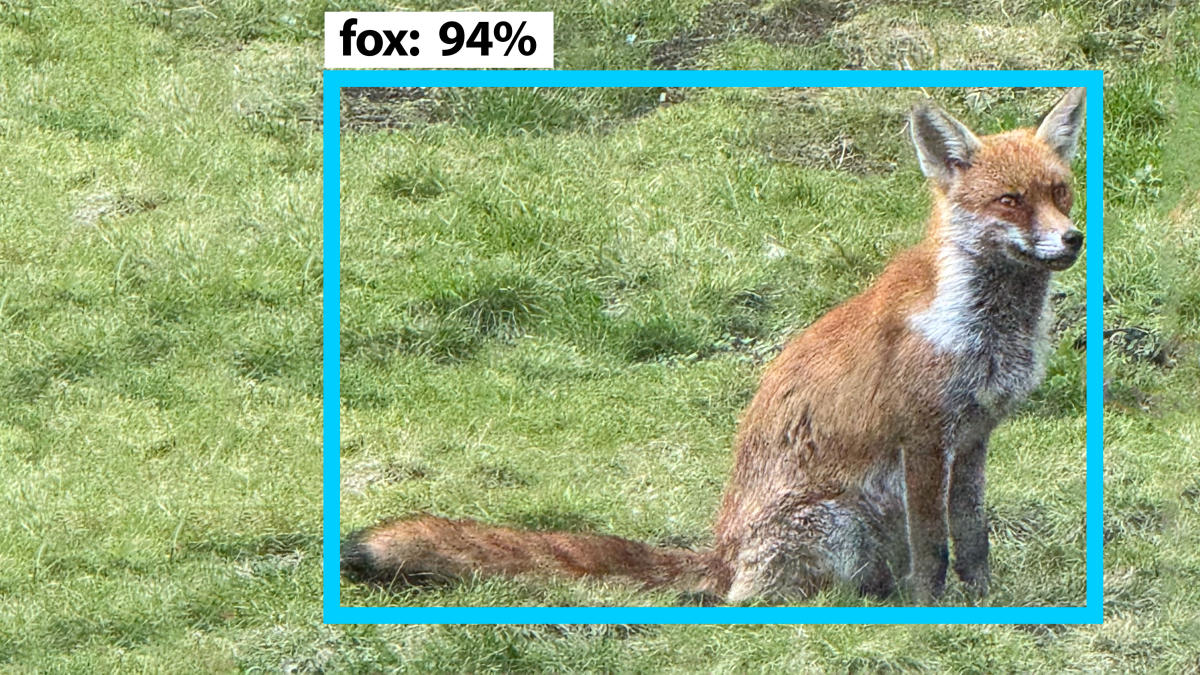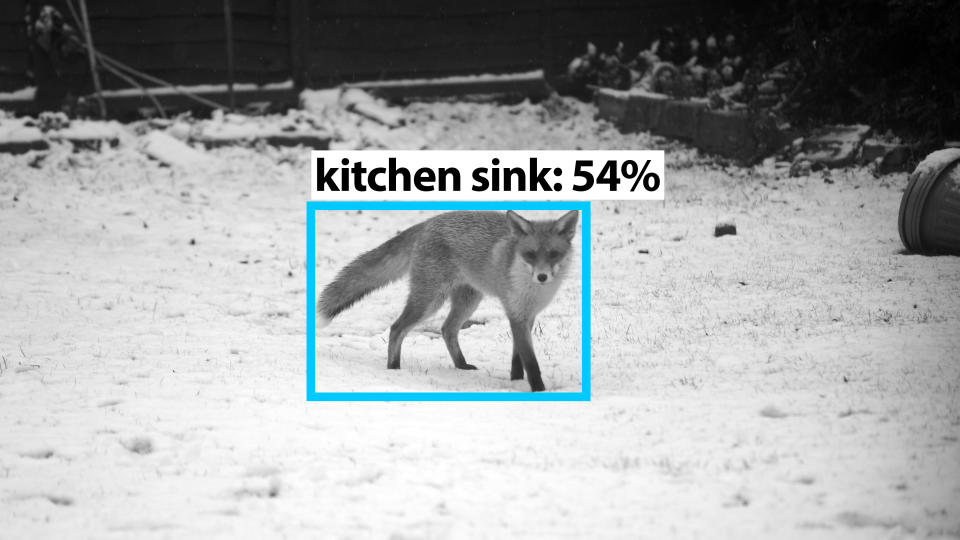[ad_1]

PHOTO PROVIDED
Shown is a spider on a web. Spider silk is extremely thin, yet is also incredibly strong.
Have you been decorating for Halloween? Well, Mother Nature has been busy.
One morning when the dew was on the ground our daughter Holly looked out the window to see one of nature’s Halloween decorations, their lawn was covered with spider webs. Although the webs had been there all along, they were not visible until the morning dew highlighted them.
Later, the sun comes out and dries up the dew, and the spider webs appear to magically disappear.
No spooky Halloween decorations would be complete without cobwebs. Cobwebs often conjure up images of creaky old houses and dark attics where scary things might lurk. However, if you look around your own clean and well-lit house, chances are you will find a few cobwebs.
The mysterious tangles of sticky thread seem to appear out of nowhere, no matter how many times you use the duster on those upper corners. There’s not a spider in sight, so where do cobwebs come from? Could there be some supernatural involvement after all?
Our home, which was built in the early 1900s, seems to attract spiders. Mary Alice does not like spiders and if she sees one high on a wall or on the ceiling, I will hear her yell, “Bill, come get this spider.”
Through the years, Mary Alice had even offered a nickel to our children and grandchildren to find spiderwebs in our home. She very seldom goes into our basement due to the cobwebs that seem to develop overnight. Recently, she asked me what the difference is between a cobweb and a spiderweb.
Many people have a fear of spiders. This fear is often blamed on the Little Miss Muffet nursery rhyme.
“Little Miss Muffet sat on a tuffet eating her curds and why. There came a big spider. Who sat down beside her. And frightened Miss Muffet away.”
The fear of spiders, which is known as arachnophobia, is one of the most common phobias in the world and one of the oldest recorded. It is estimated that roughly one third of the entire world population has arachnophobia. More women than men seem to suffer from arachnophobia.
The origin of the word arachnophobia is Greek and is derived from the word arachne, which translates to spiders and phobos, meaning to dread or to fear.
Cobwebs are simply abandoned spider webs. There are two types of spiders. Web-building spiders that spin webs for catching prey, and wandering spiders that chase after their prey, rather than building webs. Over time this dust accumulation weakens the web and forces the spider to abandon the web and build a new one. This is why you never see a spider on a cobweb, even though the spider is responsible for its creation.
Our word cobweb comes from Old English coppeweave and originated sometime in the 14th century. Coppe comes from attercoppe, which means spider or literally venomous head. The word web also has its origins in Old English and means tapestry or something intricately woven.
The word spider goes back to the Old English word spinthron, which means spin. The word spin is a general Germanic word that goes back to the Indo-European base word spen or pen, meaning stretch.
Spiders have long been celebrated for spinning silk from their bodies. They belong to the class of animals known as Arachnid, from the Greek word arachne, meaning spider. It commemorates the name of Arachne, a Lydian Princess, who became so expert in the art of weaving that she dared to challenge Athena to a test of skill. Arachne’s work was flawless but that of Athena was perfect beyond attainment of mere mortals.
Arachne was so humiliated that she attempted to hang herself, but the noose was loosened to become a cobweb, and the maiden was changed into a spider and condemned to perpetual spinning.
Spider silk is one-hundredth the size of a human hair and one hundred times stronger than steel of the same size. Some of the threads will stretch one-half their length before breaking. While the thinnest lines are only one-millionth of an inch wide and invisible to the human eye, other lines are much heavier.
Glands in the abdomen of the spider produce fluids that harden in the air and form silk. The outlets from these glands are at the end of the abdomen and are called spinnerets. The spinning organs of the spider are fingerlike appendages that are tipped with many tiny spinning tubes and a few large ones called spigots. There are at least seven distinct kinds of spider glands known; thus, spiders have the capability of producing various types of silk. Compare the way spiders produce silk to the way silk is produced by insects, such as caterpillars, and you will find that insect silk comes from the mouth.
There are 240 species in the 21 groups of spiders in North America. This number changes constantly because new spiders are still being discovered.
I recently walked into a large spider web, and immediately began to jump about as if a swarm of hornets were after me. At the same time, I was wiping my head in an effort to remove the sticky spider web.
If Mary Alice had seen this, she would surely have said, “I thought you were not afraid of spiders.”
Bill Bower is a retired Pennsylvania Game Commission Wildlife Officer. Read his blog and listen to his podcasts on the outdoors at www.onemaningreen.com.
[ad_2]

